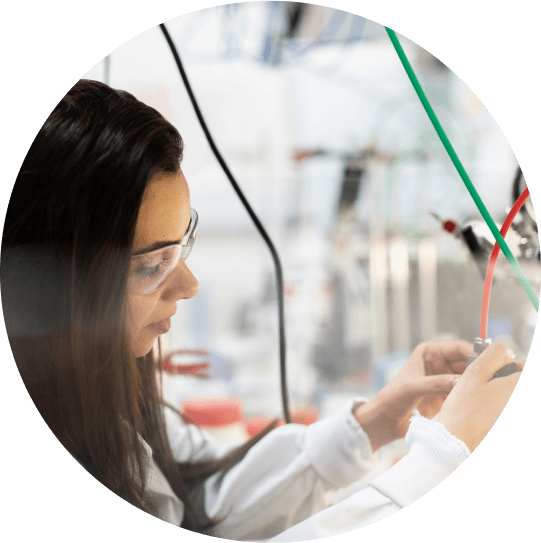In the vast expanse of the United States, where the map stretches wide and the population dots far-reaching corners, healthcare accessibility remains a significant challenge for many. Among the myriad facets of health that demand attention, oral health is critical, impacting not only individuals’ well-being but also their overall quality of life. Here, the concept of mobile dentistry for seniors emerges as a beacon of hope, driving towards a future where dental care is not a privilege confined to the urban and affluent but a right accessible to all. Mobile dentistry is revolutionizing the way oral health services are delivered, ensuring that communities across America receive the care they deserve, irrespective of their geographical or socio-economic status.
Mobile dental clinics are specially designed vehicles equipped with all the necessary dental tools and technology found in a traditional dental office. These clinics travel to underserved areas, providing a range of services from basic dental check-ups and cleanings to more complex procedures like extractions and root canals. The mobility aspect of these clinics plays a crucial role in bridging the gap between dental health professionals and communities that are geographically isolated or economically disadvantaged.
The importance of mobile dentistry cannot be overstated, especially when considering the broader implications of oral health on overall health. Poor oral health has been linked to several chronic diseases, including heart disease, diabetes, and stroke. By bringing dental services to the doorsteps of those who need them most, mobile dentistry plays a pivotal role in not only improving oral health outcomes but also in preventing more serious health conditions. This proactive approach to healthcare delivery exemplifies the adage “prevention is better than cure,” ensuring that communities remain healthy and vibrant.
One of the key strengths of mobile dentistry is its ability to tailor services to meet the specific needs of each community it serves. For instance, in areas with a high prevalence of dental caries among children, mobile clinics can focus on preventive care and education, teaching kids about the importance of oral hygiene in a fun and engaging manner. In contrast, in communities with a significant elderly population, the emphasis can be on denture care and the management of gum disease. This flexibility ensures that the services provided are not just accessible but also relevant and effective.
Furthermore, mobile dentistry also addresses a crucial barrier to dental care: fear and anxiety associated with dental visits. The friendly and community-oriented atmosphere of mobile clinics, coupled with the convenience of having these services within one’s neighborhood, can significantly reduce dental visit anxiety. This is particularly beneficial for children and for individuals who have had negative experiences with dental care in the past.
The impact of mobile dentistry on communities across America is profound. By making dental care more accessible, it not only improves oral health outcomes but also contributes to the overall well-being of individuals. People with healthy teeth and gums are more likely to be confident, participate in social activities, and enjoy a higher quality of life. Additionally, the cost savings associated with preventive dental care can be substantial, reducing the need for more expensive treatments down the line.
However, the road ahead for mobile dentistry is not without its challenges. Funding, sustainability, and regulatory hurdles are significant obstacles that need to be addressed. Collaboration between governmental bodies, non-profit organizations, and private sector stakeholders is essential to overcome these challenges. Innovative funding models, public awareness campaigns, and supportive policies can help ensure that mobile dentistry continues to grow and evolve, reaching more communities in need.
Summing up, mobile dentistry for seniors is a shining example of how innovative solutions can overcome traditional barriers to healthcare access. As it continues to expand its reach, the promise of improved oral health outcomes becomes a reality for communities across America.

